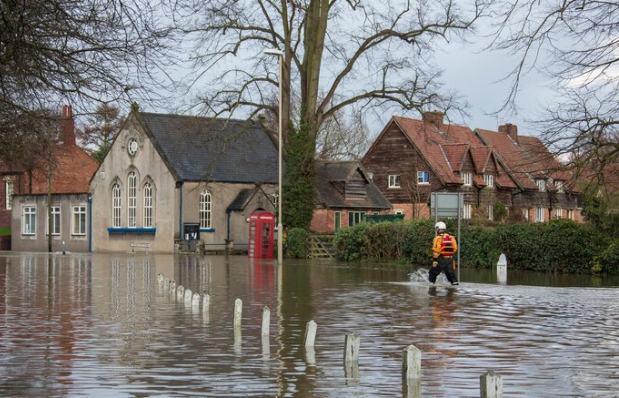Protecting Your Home From Flood Damage
Floods can cause costly and long-lasting damage to your home, especially if you live in a high-risk area. Taking preventive measures before a flood happens can help minimize damage, reduce repair costs, and speed up recovery.
1. Know Your Flood Risk
Start by determining your home’s flood risk using FEMA flood maps or your local government’s resources. Understanding your flood zone helps you plan the right level of protection and decide if flood insurance is necessary.
2. Install Flood Barriers and Shields
Sandbags, water-inflated dams, and flood gates are examples of physical barriers that can help keep water out of your house. To guard against rising water, think about permanently placing flood shields on windows, doors, and basement vents.
3. Make Vital Utilities Higher
Place HVAC systems, outlets, water heaters, and electrical panels above the local base flood elevation. Elevating these systems helps preserve vital operations during flooding and lowers the likelihood of costly repairs.
4. Waterproof Your Basement and Seal Any Cracks
Look for any flaws that could allow water to enter into your basement and foundation. Install a sump pump with a battery backup to swiftly evacuate water during periods of high rainfall or flooding, and use waterproof sealants to cover gaps.
5. Enhance Drainage and Grading in the Yard
To divert water away from the foundation, make sure your yard slopes away from your house. Gutter and downspout cleaning should be done on a regular basis. To avoid pooling near the foundation, downspouts should be extended at least 6 feet from your house.
6. Use Flood-Resistant Materials
If you’re repairing or repurposing choose materials that can withstand water exposure, such as tile, concrete, pressure-treated wood, and closed-cell foam insulation. This can help reduce the need for pricey replacements after a flood.
7. Purchase Flood Insurance
Standard homeowners insurance typically doesn’t cover flood damage. Consider purchasing a separate policy through the National Flood Insurance Program or a private insurer to protect your investment.
Conclusion
Protecting your home from flood damage requires preparation, smart construction choices, and regular maintenance. By combining physical barriers, strategic landscaping, and insurance coverage, you can largely reduce the impact of flooding and recover faster when it happens.






